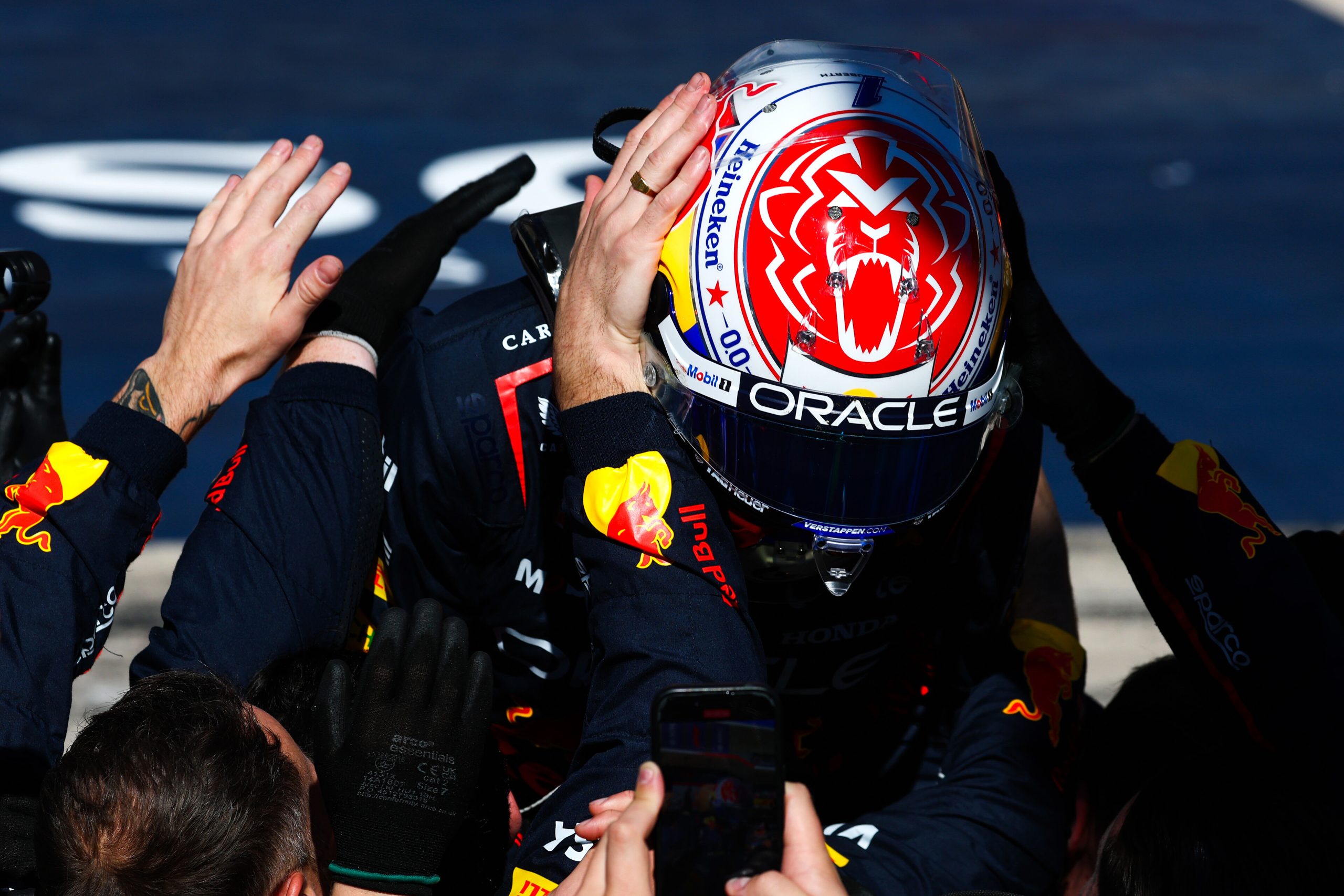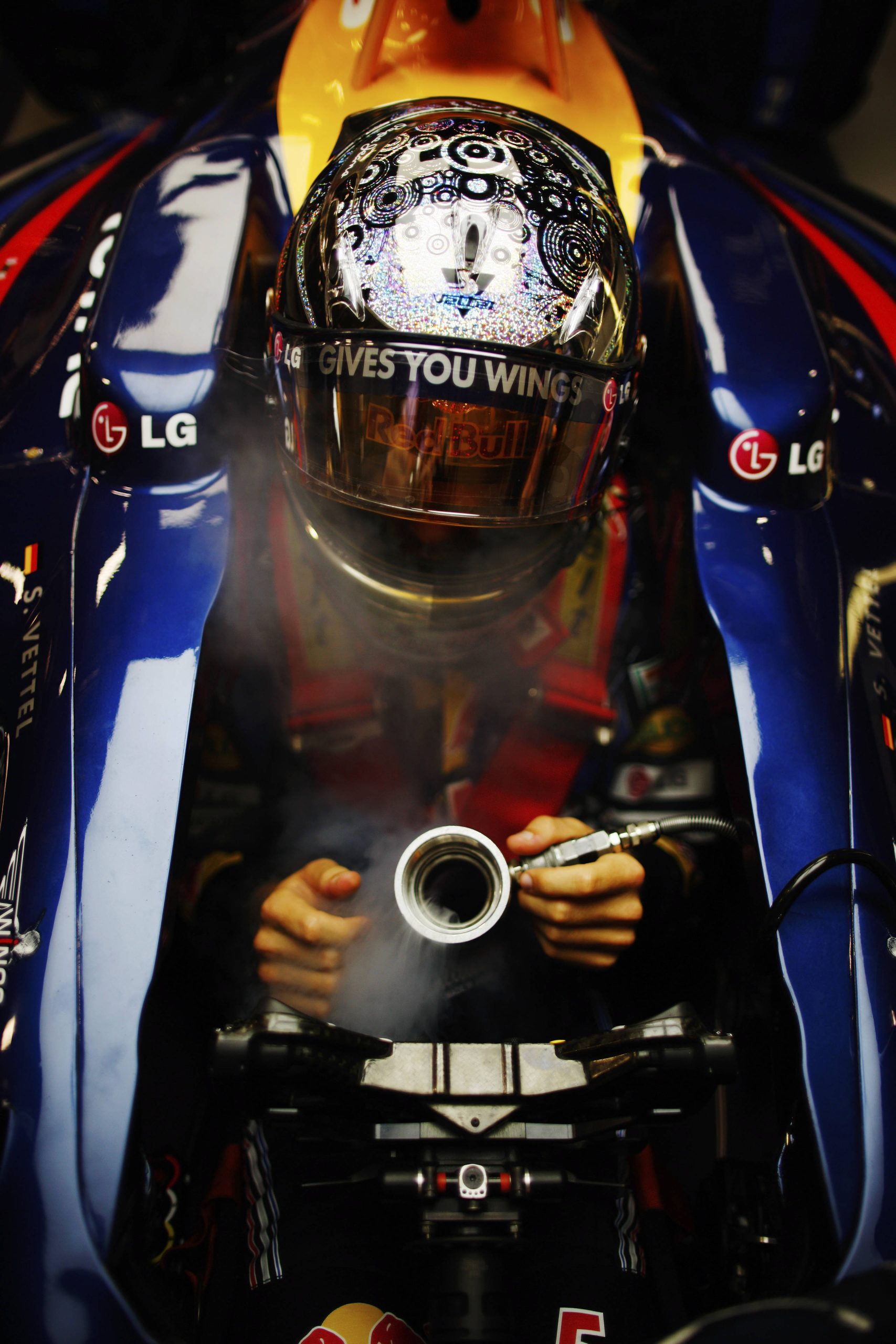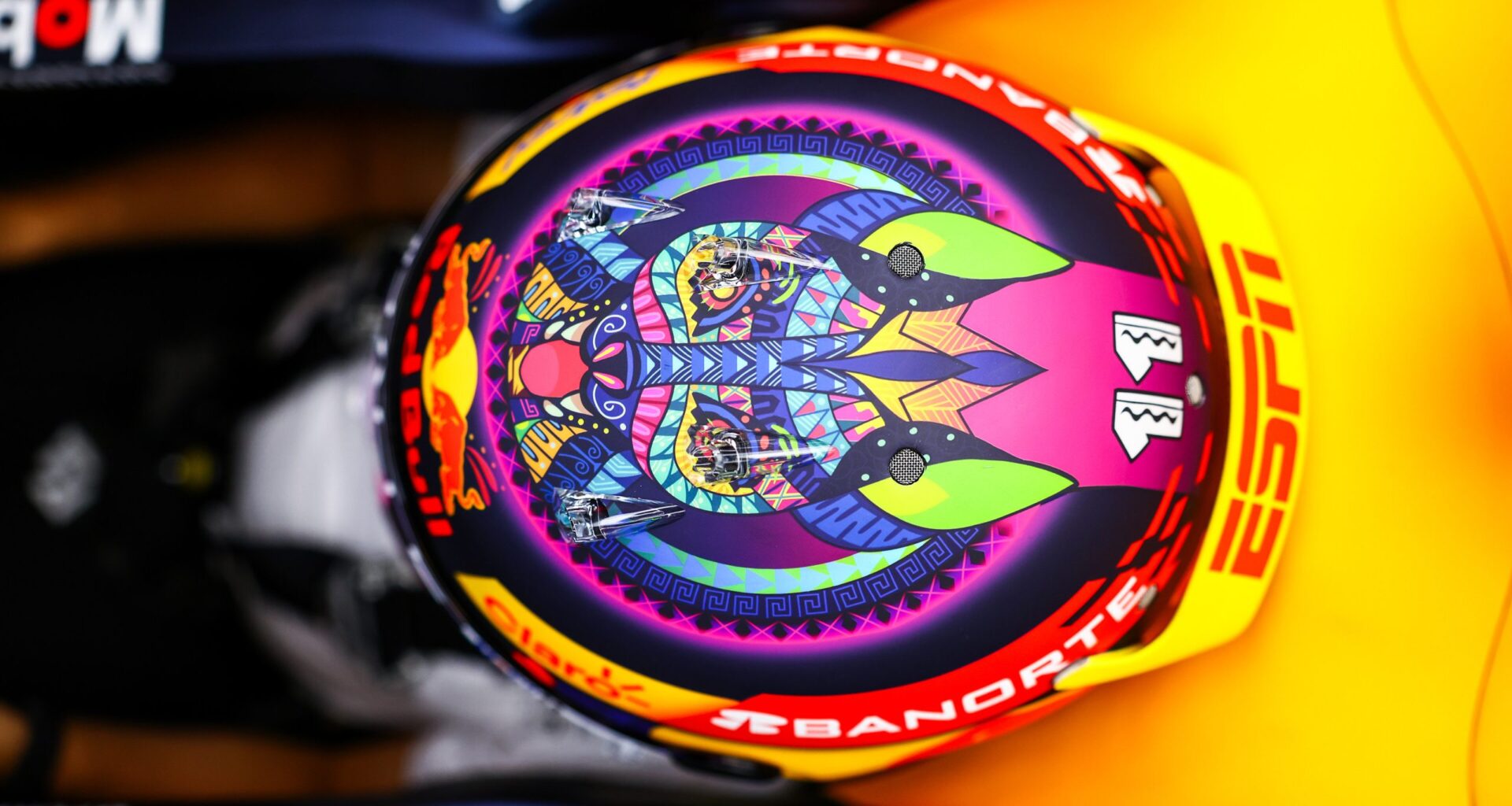Without doubt, the Mexican Grand Prix weekend represents the most colourful event on the Formula 1 calendar.
Taking place during the ‘Dia de los Muertos’ (Day of the Dead) holiday period, colour invades every stand and fans dress to impress to give the stands a carnival atmosphere like no other.
Many eagle-eyed fans may also have noticed drivers also adding a few personal touches to the most personal piece of F1 equipment – the driver helmet.
Designing artwork for a motorsport helmet is a technology all in itself, involving a complex process from initial concept and design to the end game of getting that stunning piece onto the helmets that fans recognise and love. And even collect those exclusive miniatures.
Perhaps one of the most recognised of helmets of eras past and present are the work of a man known in F1 circles as the ‘King of helmet design’, Jens Munser.
Best known for designing all of Sebastian Vettel’s myriads of designs over the years and also those of Michael Schumacher, Jens has designed for many current drivers, including Lando Norris, Max Verstappen, Fernando Alonso and Nico Hulkenberg.
“I wasn’t always an arty person,” Jens exclusively told Motorsport Technology in 2017. “I started with motorsport because I was riding motocross in America and saw a lot of riders with nice helmets so I looked for someone in Europe to paint my helmet.
“I found nobody so I decided to do it for myself and this was 25 years ago! People liked what I did so I found myself designing for drivers in four-wheel categories, where I could earn more for my work.”
In contrast with car design, not much has changed in those 25 years since Jens started putting paint to helmet, although advances computer technology and lightweight paint pigments help elevate the process to more precise levels.
“It hasn’t changed too much but of course now we use stickers for logos, which at the beginning were all painted because no detailed print was available. The rest is pretty much the same as 25 years ago. We use the same paint but started to change the pigment for Michael and make the paint stronger, lighter and more flexible against stones.
“In the beginning we had 80g of paint for Michael, but he wanted less. I said your helmet may not look as pretty but he said that doesn’t matter at the end of the race, just as Enzo Ferrari said about his engines back in the day!
“The important part of the process is to transfer the two-dimensional graphic to the three dimensional helmet and that’s the most painstaking part. Here is where you need a good feeling for the lines. After this you fill in the field with colour, extra detail and then you’re ready. The process can take up to three days for the most complex designs.
“Of course, the advance in computer technology makes the process easier now with plotting because you cannot cut a name by hand. In the beginning it was only a name on the helmet, nothing more. The paint is a normal acrylic base and is flame proof. The helmet, of course, if fire resistant but nobody tests the paints, which we now have to do.”
 AUSTIN, TEXAS – OCTOBER 19: Race winner Max Verstappen of the Netherlands and Oracle Red Bull Racing celebrates in parc ferme during the F1 Grand Prix of United States at Circuit of The Americas (Photo by Clive Rose/Getty Images) / Getty Images / Red Bull Content Pool /
AUSTIN, TEXAS – OCTOBER 19: Race winner Max Verstappen of the Netherlands and Oracle Red Bull Racing celebrates in parc ferme during the F1 Grand Prix of United States at Circuit of The Americas (Photo by Clive Rose/Getty Images) / Getty Images / Red Bull Content Pool /
Under current F1 regulations, drivers are allowed unlimited designs as of 2020. Prior to that, they were only permitted one helmet livery change per season and driver numbers must be clearly visible. Some, for Jens, work better in conjunction with car livery. And some are obviously more memorable than others.
“Designing for Red Bull is great. In a blue car you can pretty much do every sort of helmet. In a red car it is difficult. Not all colours match to the right car.
“The helmet I’m perhaps remembered best for is the LED sparkles for Sebastian Vettel in Singapore. My background is in electronics, so it was a cool project for me. I was worried that some of the wiring may possibly come loose during the rigours of the race but it worked out fine and generated a lot of talk in newspapers and the internet.
“None of this is allowed now but it was cool at the time.”
 Getty Images / Red Bull Content Pool // SI201009270207 // Usage for editorial use only //
Getty Images / Red Bull Content Pool // SI201009270207 // Usage for editorial use only //
TEAM UP WITH ACRONIS
Motorsport Technology is an Acronis initiative, one of the leading players on worldwide Cyber Security and a key player in motorsport data protection.
The current partners of Prema F2, Hendrick Motorsports, Brad Jones Racing, Walkinshaw Andretti United and Grove Racing. They have previously partnered with Scuderia Toro Rosso, Racing Point, WilliamsF1 and Toyota GAZOO RACING amongst others.
Acronis has opened up an exciting #TeamUp Program, giving new and existing service providers the opportunity to support sports partnerships, join the sports ecosystem, attend races and enjoy amazing sports marketing benefits. To find out more, please visit Cyber Protection for global sports – Acronis

